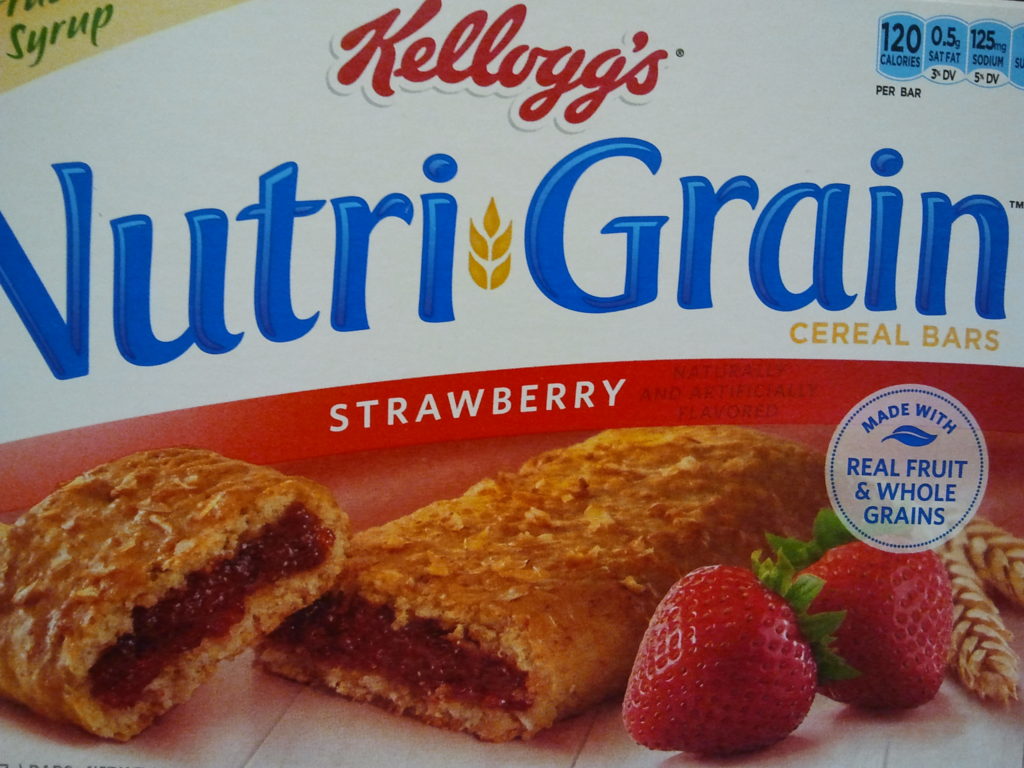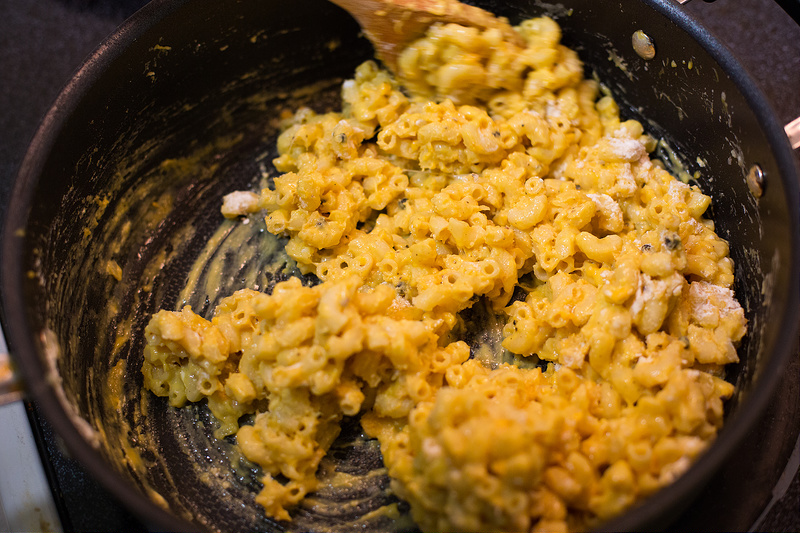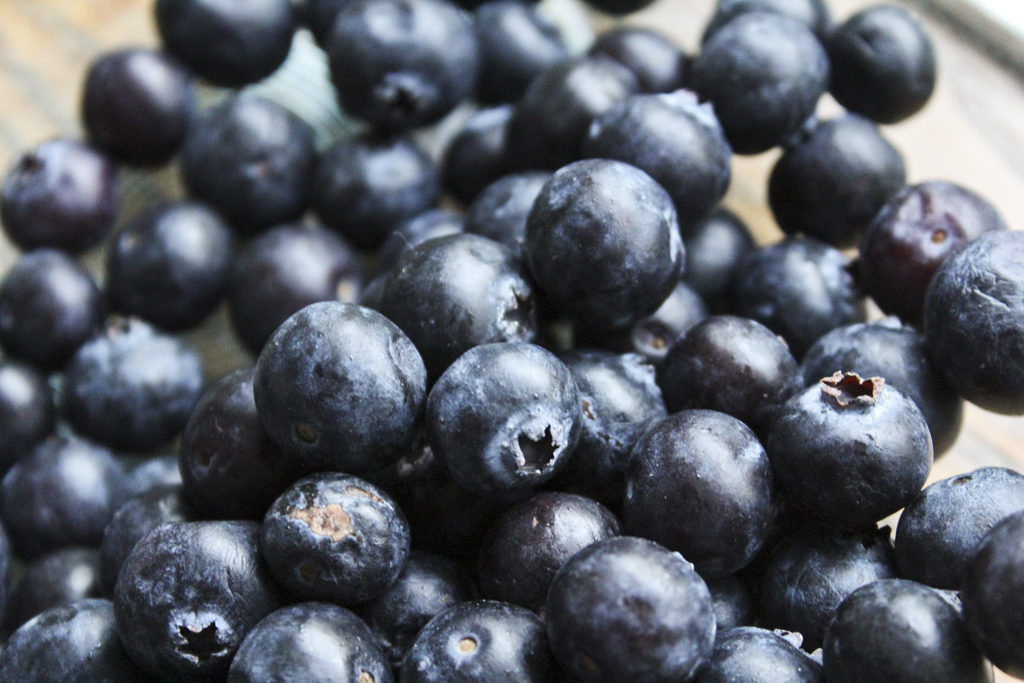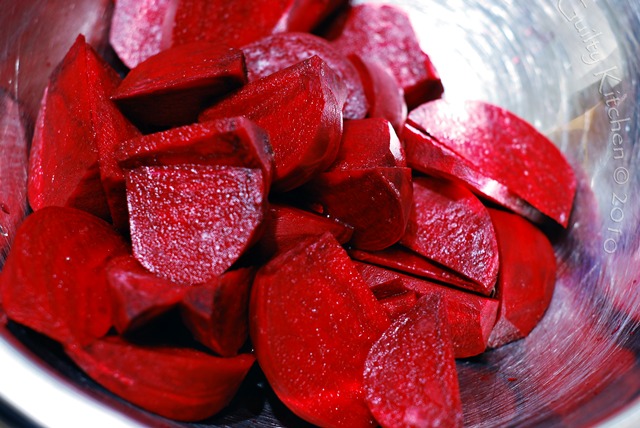We eat with our eyes. Colorful and Instagram-worthy foods are what we (at least I) live for. Unfortunately, by choosing these to eat these artificially colored foods, we are slowly killing our bodies. Luckily, with these tips, you can decrease the amount of artificial additives and food dye you consume.
The Most Common Artificially Colored Food Dyes
The following three artificial dyes are present in more than 90 percent of all US processed foods:
1. Red 40 – Allura Red (E129)

Photo by mywholefoodlife.com
Found in baked goods, candies, cereals, beverages and processed foods, Red 40 is the most common food coloring used today. Although this food dye is approved by the FDA, it is created with petroleum distillates or coal tars. Eww, I don’t want that going in my body. Furthermore, Red #40 has been shown to be correlated with lymphoma (immune system cancer) and causes hyperactivity or allergic reaction-like effects.
2. Yellow 5 – Tartrazine (E102)

Photo by Hayden Carder
Similar to the effects of Red #40, Yellow #5 or Tartrazine may also cause hyperactivity and is potentially linked to many cancers. However, two of the biggest consequences of this food dye are its deathly repercussions when paired with aspirin and its triggering of allergic reactions such as asthma attacks. Yellow 5 can be found in candy, baked goods, and gelatinous desserts.
3. Yellow 6 – Sunset Yellow (E110)

Photo by Kristi Cook
Another yellow artificial color food dye, Yellow 6 is found in foods like various cheeses, carbonated beverages and candies. Even though Sunset Yellow may sound beautiful, because it consists of the same cancer causing chemicals as Yellow 5, it is equally as toxic. It has been shown to cause various cancers, behavioral issues and trigger deadly allergic reactions.
These three artificial dyes were approved to be used in US foods in the late 1900’s. Since then, there have bound to be updated health experiments with astounding results, yet no new regulations in the US have been set. Not only that, but because these are in almost all processed foods, they are consumed regularly by innocent consumers.
Alternatives to Artificial Food Coloring

Photo by Hannah Lin
Luckily, you can to decrease the intake of these artificial additives by in a number of ways.
1. Look for natural coloring

Photo courtesy of guiltykitchen.com
There are lots of natural coloring alternatives such as extracting red from berries, beets, and other fruit or vegetables. For orange-yellow, look out for turmeric or saffron as replacements. To get green, scan for naturally green foods such as spinach or wheatgrass. Check out these natural alternatives to food coloring.
2. Eat unprocessed foods

Photo by Santina Renzi
To completely avoid having to read the long ingredients, just choose to eat natural foods. Instead of roaming through the processed foods aisles, go straight to the produce department and grab yourself some fresh fruit and veggies.
Eating fresh foods replenishes your body of necessary nutrients and give you energy to go about your day. Or if you are really craving those chips, try stopping at the natural foods or organic snack aisles for healthier alternatives.

Photo by Elizabeth Layman
Truthfully, I am a major snacker (I love Goldfish, chips, and cheese anything), so I know how difficult it is to find foods without these artificial food colorings. But, by being aware of how many additives you consume, you can start living healthier and hopefully avoid these toxic food coloring dyes on the way.


